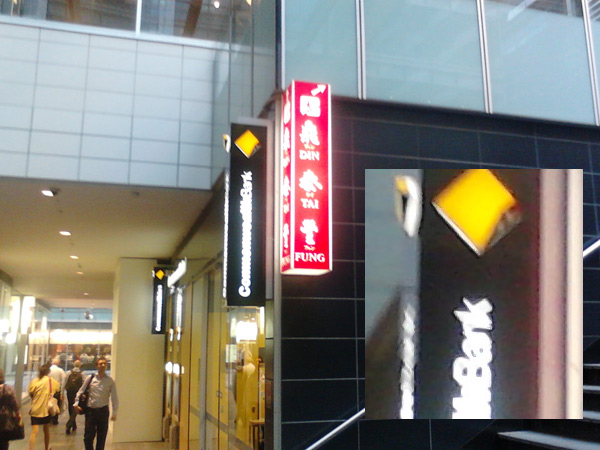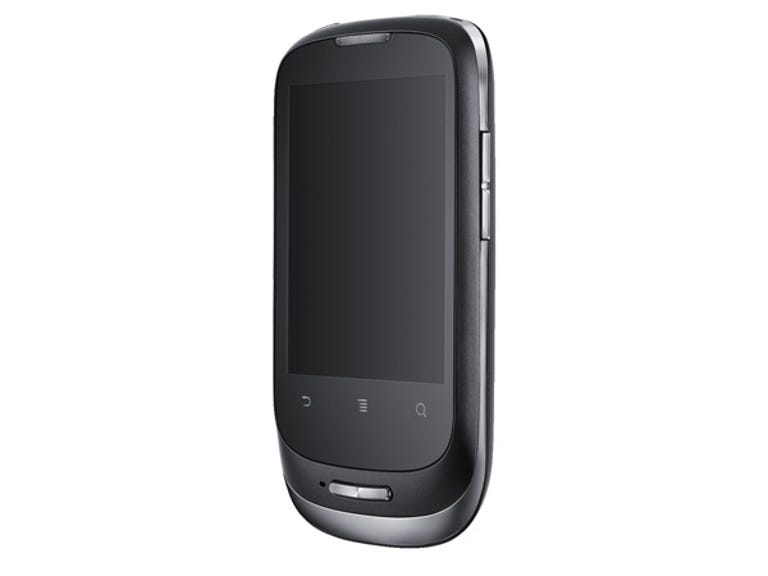 Why You Can Trust CNET
Why You Can Trust CNET Huawei X1 review: Huawei X1
The X1 is impressively cheap and well built, but the dirt-cheap price tag brings limitations that will infuriate anyone looking for their smartphone to behave like a smartphone should.
If someone offered to sell you a computer for AU$99, would you be suspicious? Optus is selling the new Huawei X1 for the same price, locked to its network, and although this is undeniably a bargain, there are several factors that new smartphone shoppers will need to consider.
The Good
The Bad
The Bottom Line
Design
Our hats are off to Huawei for delivering a sturdy, well-designed handset on a budget. Last year's el-cheapo Android from Huawei, the Ideos, was also a great phone for its price, but it suffered from dodgy plastic body syndrome. The X1 doesn't; with a soft-touch rubber-like battery cover, and an attractive mix of plastic trims, the X1 looks the part of a more expensive model.
The same cannot be said for the 2.8-inch QVGA display, which is both central to the user experience of the X1 and to the cost saving in the AU$99 price tag. This screen is amongst the lowest-quality displays we've seen cross our desks this year, and it's seriously to the detriment of the device as a whole. Text and images look blocky, and the viewing angle is appalling, meaning that the colours in the image are distorted when viewed at any angle other than straight on.
This small screen also impacts on the way we use the phone. Simple things, like home screen navigation, are fine with a screen this size, but text entry using the standard Android keyboard is a nightmare when our thumbs are large enough to cover a third of the screen with a single press.
The X1 has a 3.5mm headphone socket on top and a micro-USB cable port on the bottom of the handset, with a 3-megapixel camera on the underside. There isn't much memory on-board, only about 150MB, but this is expandable with a microSD card which can be inserted into the appropriate slot under the battery.
User experience
For just under AU$100, we can't say that we expected much in the way of customised user experiences from Huawei — for this money, we'd be happy with the stock Google Android experience. But the X1 benefits from the work that Huawei has put into its more expensive models, and so the UI is quite rich and easy to use.
Huawei's custom UI has borrowed elements from a number of different Launcher apps (apps that control the home screens and menus) that we've used over the last few years. The apps drawer, for example, looks a lot like the layout in Samsung's Galaxy series and the 3D rotating home screens remind us of the excellent ADW Launcher found on the Android Market.
All in all, the user experience is a highlight for this smartphone, elevating your interactions with this phone despite its tiny display.
Camera

(Credit: CBSi)
The 3-megapixel camera attached to the X1 is decent for the price, when it works, but you do need steady hands and a bit of patience to create Facebook-friendly photos. There is no auto-focus or flash, and only the most rudimentary software settings, but this also means that what you see on the screen before you take a photo is what you can expect you image to look like shortly after.
This photo is fine for Facebook, so long as you don't examine it close up.
(Credit: CBSi)
Features
What is most amazing about this handset is how much tech you get for $100. The X1 is packed with the same smartphone suite of chips and receivers that you would expect to find in any Android device. There is HSDPA 3G download speeds, a GPS receiver, Bluetooth for using hands-free headsets and Wi-Fi. These components all seem to work as expected; we managed to pair the X1 to a Bluetooth headset, and we browsed the internet over Wi-Fi.
The X1 also shares Google's free maps and navigation software, so this AU$100 phone will also double as an in-car navigation unit, even if it's a bit slower to use than a dedicated GPS tool like a Navman or a TomTom.
Performance
While the small, low-res screen is probably is the greatest area of cost cutting for Huawei in the X1, the low-powered processor would come in at a close second, we think. Huawei uses a combination of a 528MHz Qualcomm processor and 256MB RAM, which would have to be the bare minimum needed to run Android, and it is certainly not enough to run any complex games.
We tested some of our favourite titles on the X1, including Angry Birds and Fruit Ninja, and although they all downloaded and installed correctly, none of these games ran at a speed that could be considered playable. We also ran a few of the benchmarking tests that we run on all new Android phones, and the X1 delivered results far lower than any we have ever seen before.
Overall
There is a part of us that remains impressed with how much smartphone Huawei can pack into such a cheap phone, but this is greatly outweighed by what you can't do with this phone. The camera is passable at best, and its inability to play most fast-paced games will disappoint the teenagers who are likely to end up with a phone at this price point. We don't doubt that this is the best phone that Huawei can make for for AU$99 — we just wonder whether you should buy a phone at this price at all. If you can afford a model with a larger screen, it would be well worth the investment.


